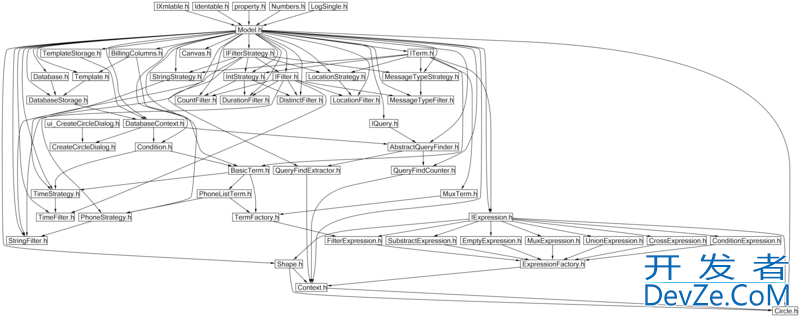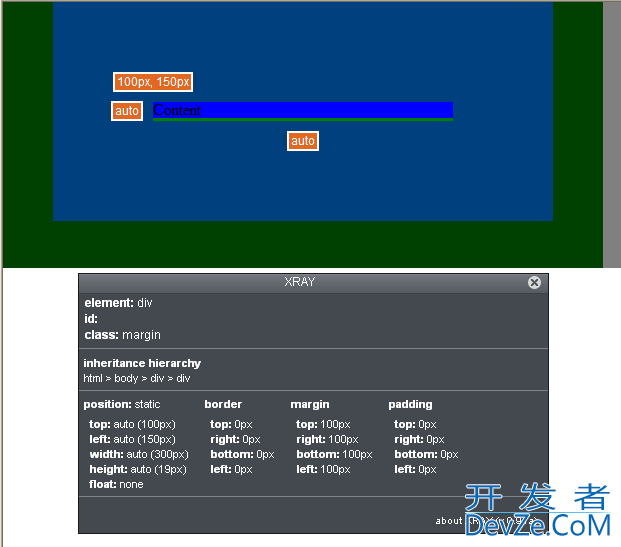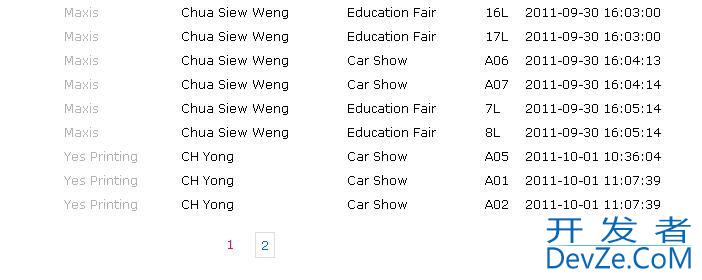interface Foo<T开发者_运维百科 extends Number>{
}
class Bar<T extends Number> implements Foo<T>{
}
Why does the class have to be written that way instead of:
class Bar<T extends Number> implements Foo<T extends Number>{
}
Surely the second way is clearer.
Because that's the same T, so it's redundant to say it extends Number again.
In the line
class Bar<T extends Number> implements Foo<T> {
T is defined at the first occurrence and used at the second. extends Number constrains the type that T can be instantiated with. You can put such constraints only at the place where T is defined.
It is similar to ordinary function parameters, where you write the type only in the declaration and not at the places where you use the parameter.





![Interactive visualization of a graph in python [closed]](https://www.devze.com/res/2023/04-10/09/92d32fe8c0d22fb96bd6f6e8b7d1f457.gif)



 加载中,请稍侯......
加载中,请稍侯......
精彩评论